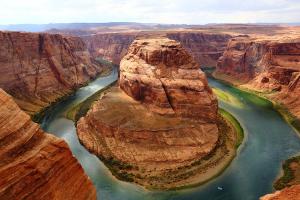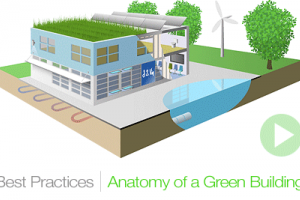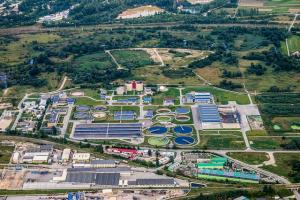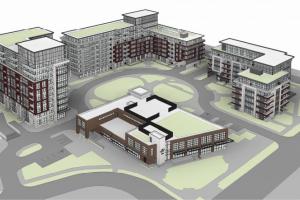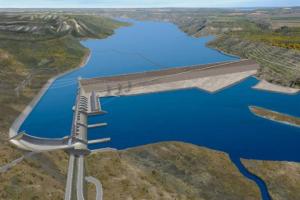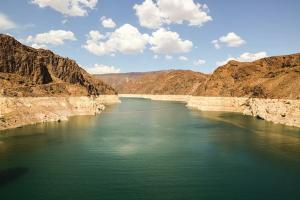Factors Affecting Site Selection for Waste Water Treatment Systems
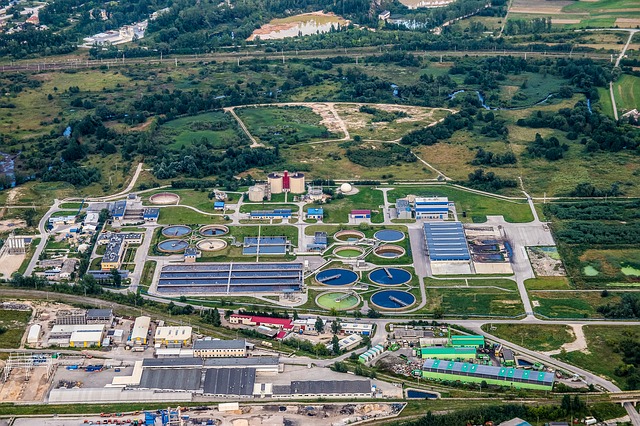
General considerations
The planning design engineer, when selecting sites for recreational treatment facilities, must ensure that the planned facility will not cause interference or detractions from the natural, scenic, aesthetic, scientific, or historical value of the area. In addition, topographic, geological, hydrogeologic, and atmospheric factors and conditions must be considered when designing the treatment facility for a recreational area. For specific considerations regarding site selection, space, and access requirements.
Aesthetics
The designer must ensure that distinguishing features that make the area of recreational value are not degraded. Vertical building construction should complement or enhance adjacent architectural and environmental features. Aesthetic aspects are important enough to the value of any recreational area that additional construction, operation, and maintenance costs to preserve the beauty of the site may be justified.
Topography
Topography must be considered if maximum utilization of gravity flow through the entire system is to be achieved. Many recreational areas are well drained and gently sloping. Flat terrain usually requires a decision concerning pumping of wastewater to some point within the plant before adequate gravity flow can be obtained. Additional pumping costs may be necessary for a treatment facility on a site remote from visitor concentrations.
Geology and Hydrology
The capacity or incapacity of geological formations underlying the recreational facilities to support loads must be considered when selecting a site. Rock formations directly affect the excavation costs. The absorptive capacity of underlying soils is an important site selection parameter for various treatment systems. For example, land disposal systems require soils with high permeability for effective treatment.
However, lagoons or other wastewater treatment processes that use earthen dikes should not be constructed over highly permeable soils, and they must be lined to avoid excessive rates of seepage from the basins. To avoid groundwater contamination, seepage rate should generally not exceed 0.3 mm/d (/in/d).
Adequate soil exploration is essential in site selection to guard against excessive seepage and against structural failure. Selected references are available to determine soil characteristics and expected properties
Atmospheric conditions
The atmospheric conditions of a candidate site must be evaluated during the planning phase; these include temperature, pressure, air movements, humidity, cloudiness, and precipitation. Average, as well as extreme, atmospheric conditions and variability of elements are also important considerations during site selection. Generally, it is best to locate recreational treatment facilities downwind from visitation centers to minimize odor and aerosol problems. If the construction of a recreational treatment facility at a remote site is not feasible, the design engineer must consider other alternatives, such as installing a landscape and/or decorative screen around the treatment plant and limiting the odor from the plant under normal operating conditions. Location is especially important where treated wastewater effluents are disposed by land application.



